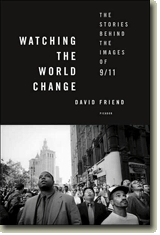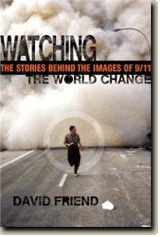« Previous · Home · Next »
September 7, 2007
BIN THERE, SEEN THAT
As experts pore over what is purported to be a new videotape from Osama bin Laden, pegged to the sixth anniversary of the attacks, I wanted to reprise this passage from Watching the World Change (pages 176-78):
“Once bin Laden went into hiding after the September 11 attacks, he ceased to exist as a bona fide ‘public’ figure and, instead, became his image.
"Just hours after the first U.S. aerial raids on Afghanistan, on October 7, he suddenly materialized on Qatar’s al-Jazeera network….On November 3 and December 26, he resurfaced [yet again]. The videos, of course, burnished bin Laden as man and as myth. Unlike still photographs, which could be doctored more convincingly – and with cheaper software – videos provided flesh-and-blood proof of his having survived, and their accompanying audio tracks made it possible to date them, since bin Laden would invariably refer to an event in the recent past. The tapes became the centerpiece of a concerted media campaign by al-Qaeda to convince the world that its leader -- thought by some to have been killed, wounded, or cornered … was still among the living and in command.
“The tapes conveyed a measure of technical sophistication. They projected distinctive personality traits, and physical resilience, that still pictures could not. And they reinforced the extent of bin Laden’s political reach. In the past, according to the old saw, all politics was local. Now, in the age of electronic connectivity, all political acts had the potential for worldwide impact, through the ripple effects afforded by global media. All that was required, bin Laden understood, was a leader with charisma, a cause, and access to a camera.”


